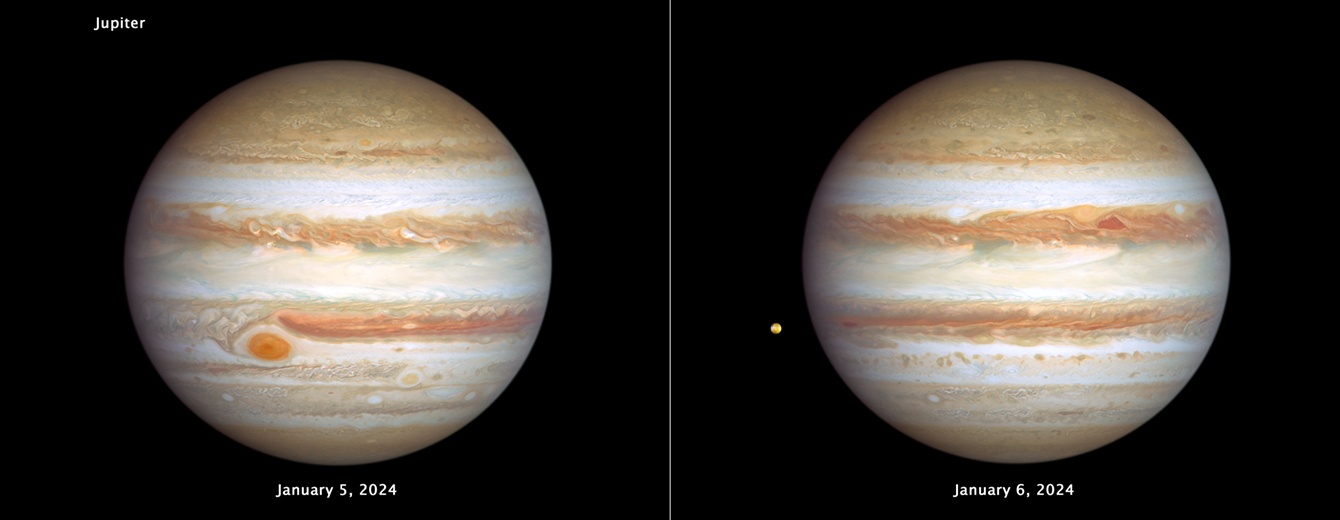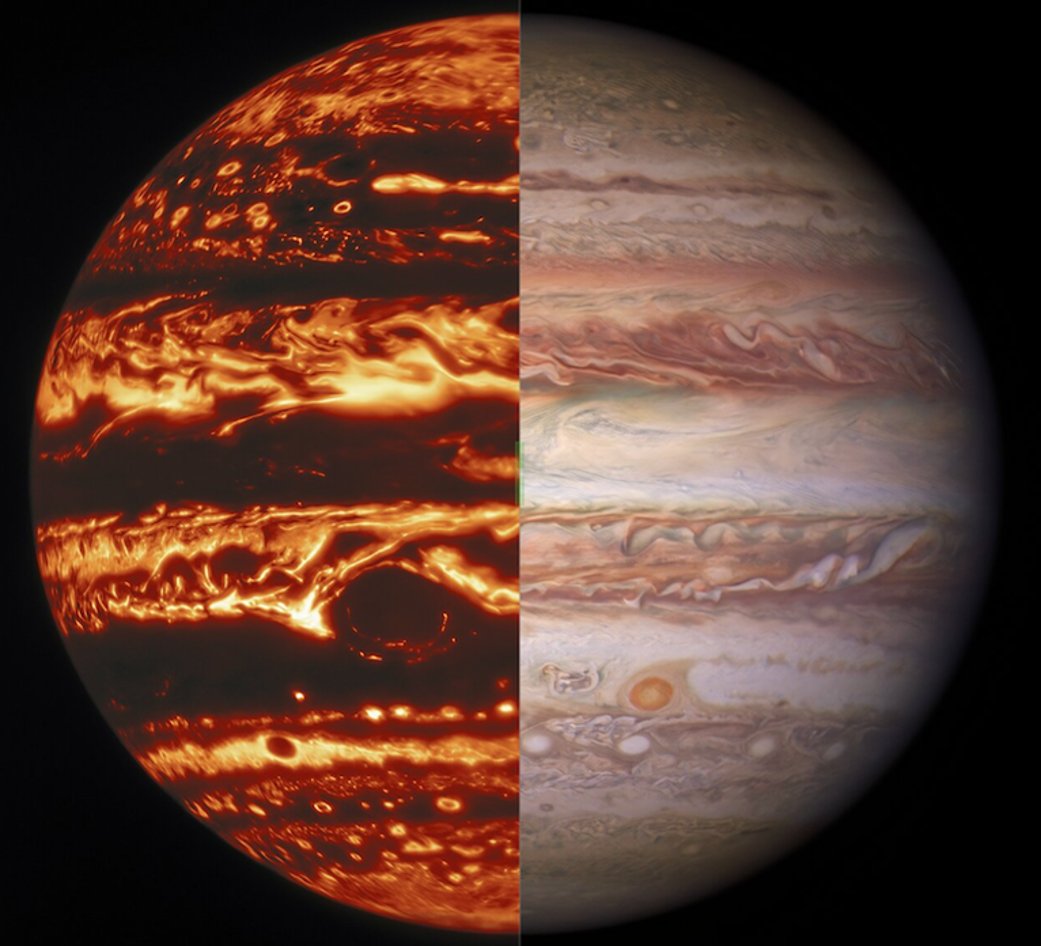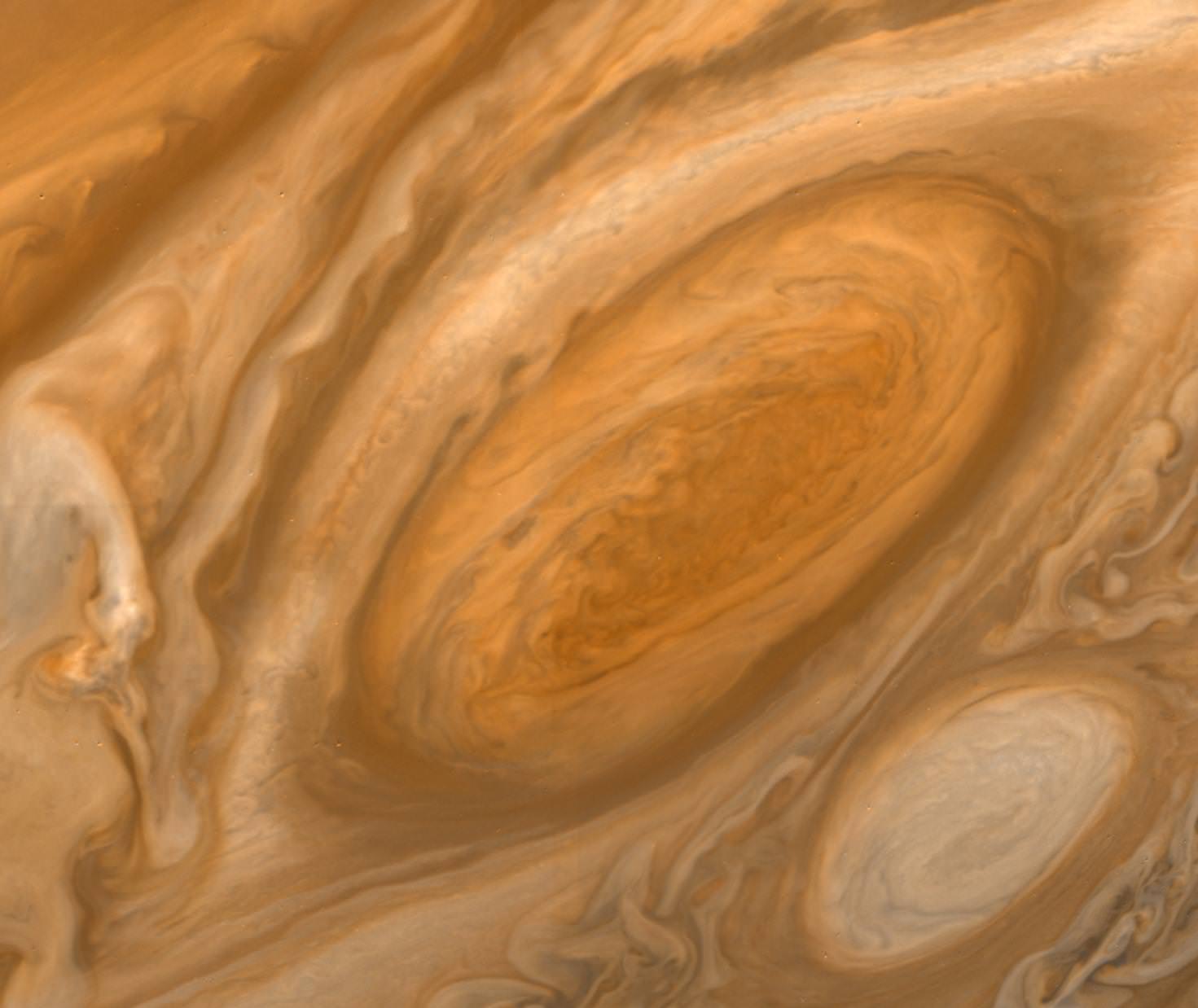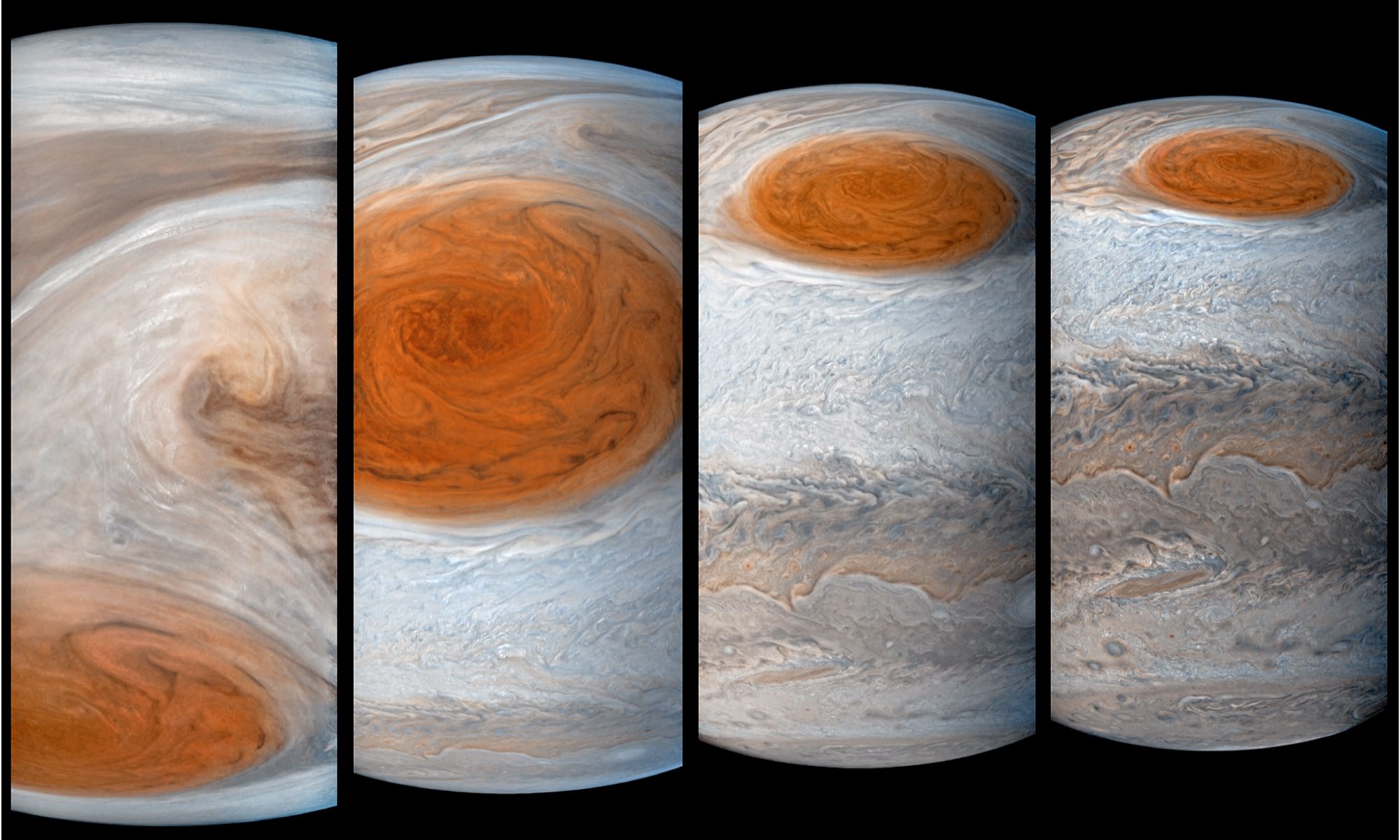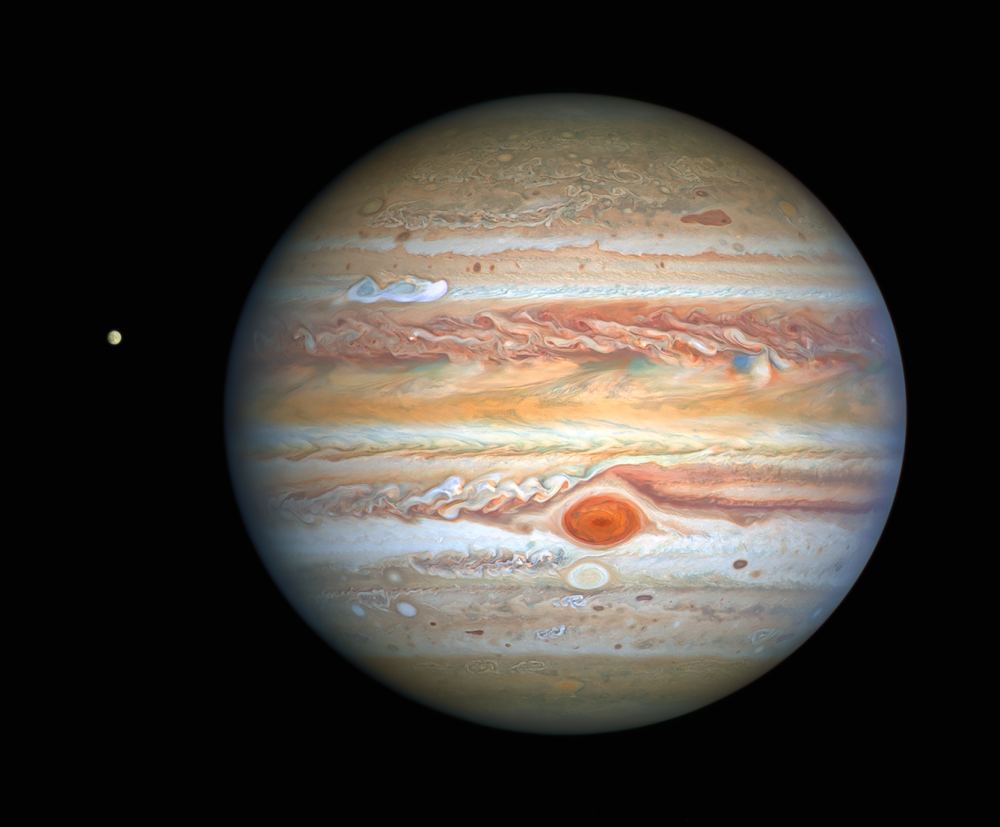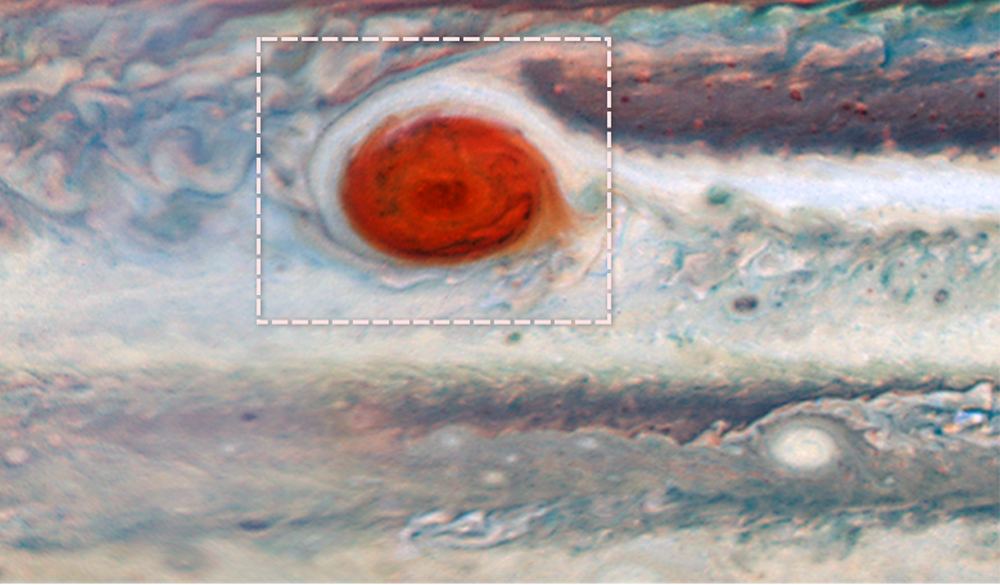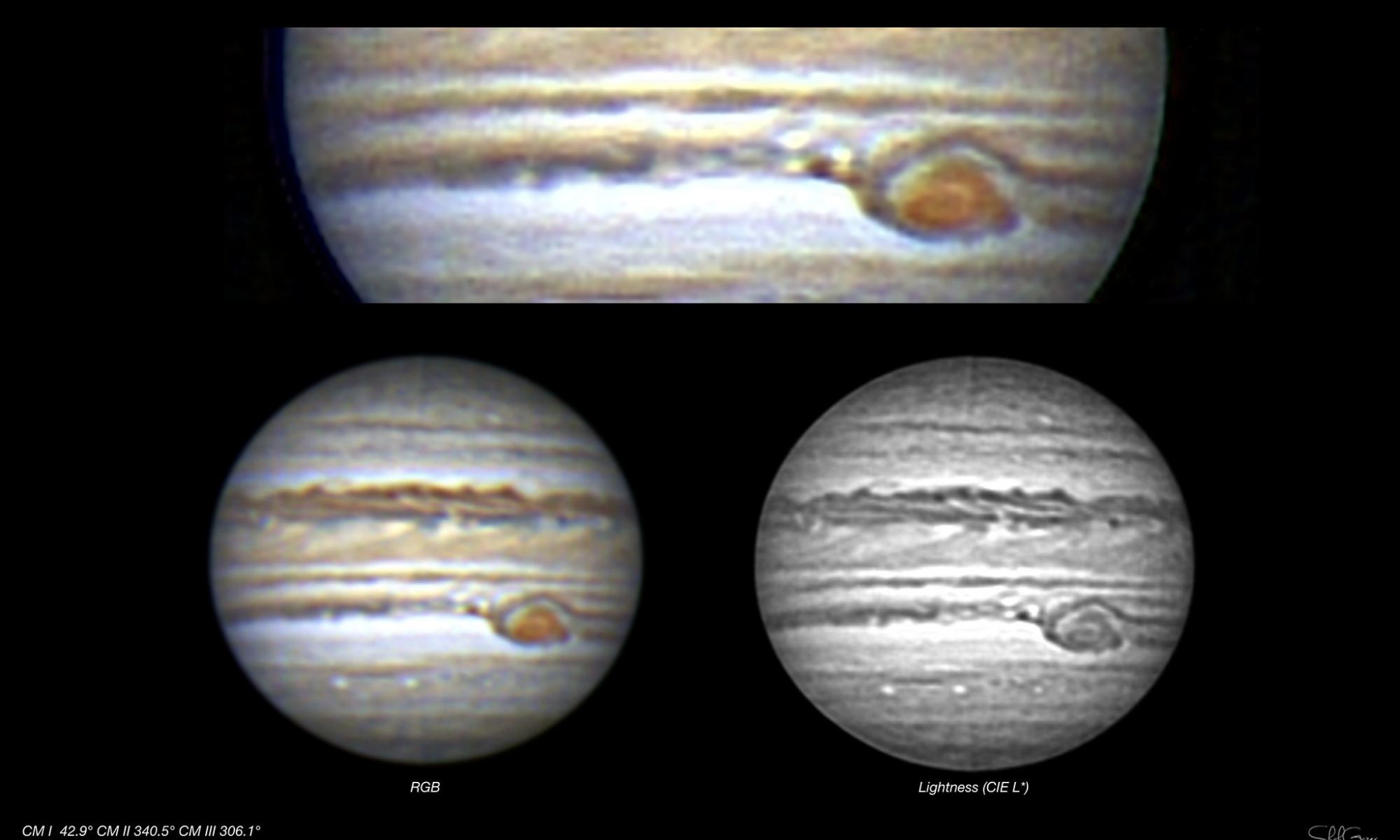The James Webb Space Telescope (JWST) has accomplished some spectacular feats since it began operations in 2021. Thanks to its sensitivity in the near- and mid-infrared wavelengths, it can take detailed images of cooler objects and reveal things that would otherwise go unnoticed. This includes the iconic image Webb took of Jupiter in August 2022, which showed the planet’s atmospheric features (including its polar aurorae and Great Red Spot) in a new light. Using Webb, a team of European astronomers recently observed the region above the Great Red Spot and discovered previously unseen features.
Continue reading “New Images From Webb Reveal Jupiter's Complex Atmosphere”New Images From Webb Reveal Jupiter's Complex Atmosphere


